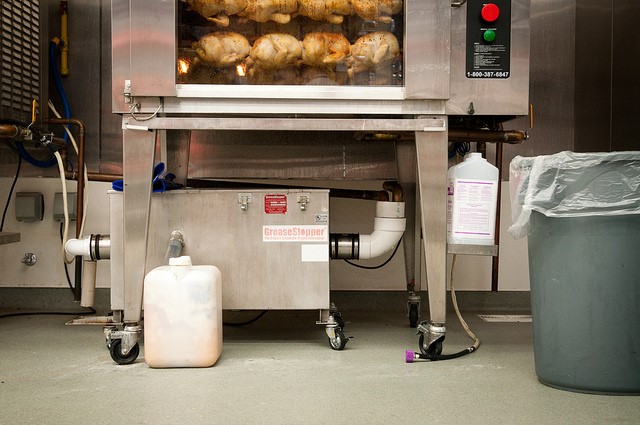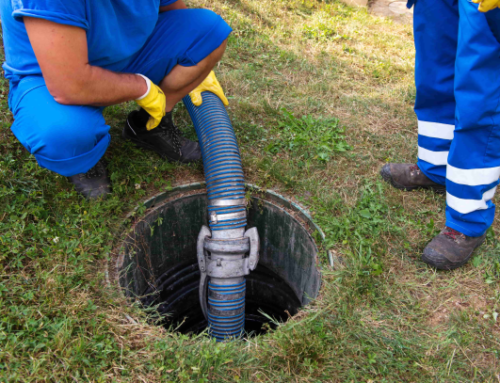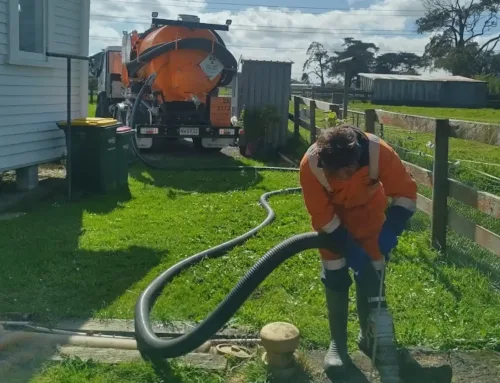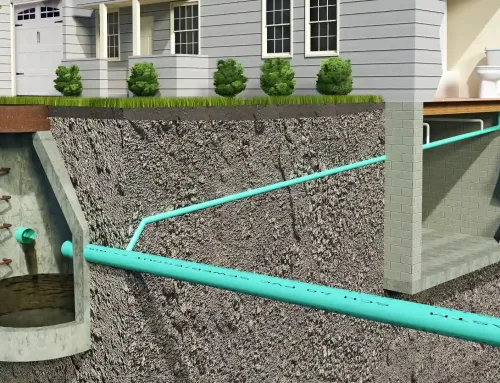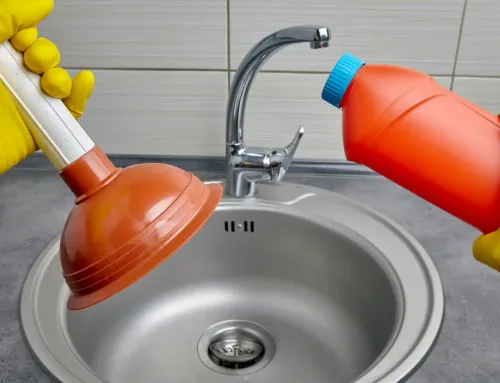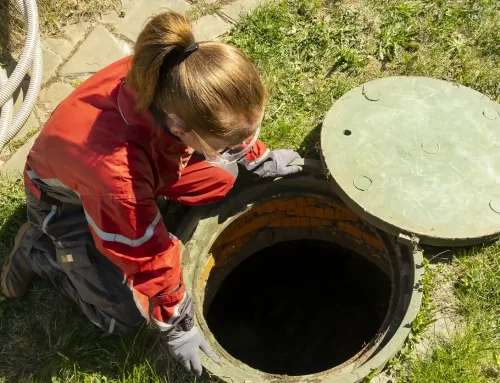Dos and dont’s of grease trap maintenance
Grease traps ensure that businesses with commercial kitchens run smoothly on a day-to-day basis. As long as they’re regularly serviced and maintained, you can avoid the costly and stressful consequences of neglecting to clean your kitchen’s grease trap, such as backups, government fines, or sewer blockages.
Fortunately, grease trap maintenance isn’t too difficult with the proper knowledge and tools. Here are the most important dos and don’ts of grease trap cleaning from the experts here at Streamline Environmental & Drainage.
Do: Install your grease trap properly
As with most things, prevention is better than cure when it comes to grease traps. Make sure your grease trap is correctly sized and properly installed from the outset so it doesn’t cause any big problems in the future. If your grease trap is slow to drain or doesn’t operate well to begin with, then you may need to contact your installer.
Don’t: Use solvents to clean your grease trap
Grease traps contain enzymes that break down the fats, oils, and grease (FOG) they collect. Any solvents such as bleach, additives, drain cleaners or other chemicals can only potentially destroy these active enzymes, ruining your grease trap and risking harm to the environment.
Do: Train your staff to properly dispose of food solids
Cleaning staff should always dispose of waste and food solids into the rubbish bin first before they are washed in the sink. These solids can cause grease traps to clog – compromising your grease trap’s effectiveness.
Don’t: Pour boiling water into a trap-connected sink
Any sink that is connected to a trap should not have any boiling-hot water poured into it. The boiled water will only liquefy FOG, allowing it to escape into the sewer pipe. A buildup of FOG in sewer pipes will trap food particles and other debris, obstructing wastewater flow and causing a sewage backup over time.
Don’t: Forget to regularly clean your grease trap
Your grease trap can only collect a certain amount of FOG, so it’s important to schedule regular grease trap cleaning or maintenance. Because grease traps come in different shapes and sizes, it’s important to inspect your grease trap regularly to determine if it requires cleaning.
Small grease traps may be cleaned by hand by scooping the top waste layer into a watertight bag or container, being careful to remove only the semi-solid layer of greasy waste (this is solidified FOG) on top of the liquid surface. This should be disposed of correctly in a rubbish bin or compost.
Do: Hire professionals
When it comes to getting the big jobs done, it’s always best to hire professionals to ensure an efficient, clean grease trap cleaning service. Our team of experts here at Streamline Environmental & Drainage are trained to do a job well done, providing regular grease trap draining and maintenance services to all our clients in the Waikato region.
